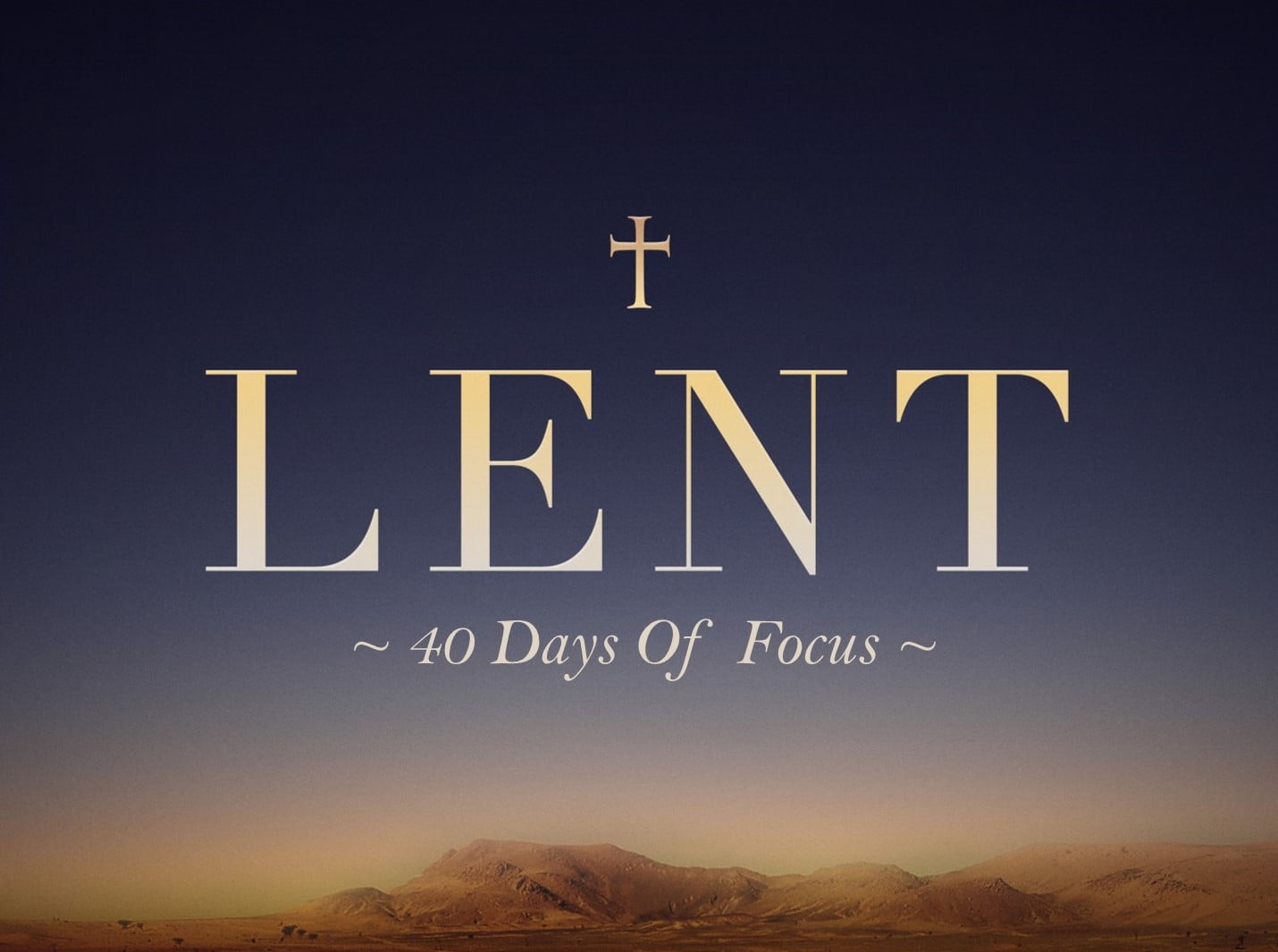
The fast of 40 days before Easter. The first mention of a period of 40 days, prop of Lent, occurs in the Canons of Nicaea (AD 325: can. 5). The custom may have originated in the prescribed fast of candidates for baptism, and the number 40 was evidently suggested by the 40 days’ fasts of Moses, Elijah, and especially. the Lord Himself, though till a much later date the period was reckoned differently in the different Churches.
During the early centuries the observance of the fast was very strict. Only one meal a day, taken towards evening, was allowed, and flesh-meat and fish, and in most places also eggs and lacticinia, were absolutely forbidden. From the 9th century onwards in the Western Churches the practice began to be considerably more relaxed. The hour for breaking the fast was gradually anticipated to three o’clock in the afternoon, and by the 15th century it had become the general custom even for religious to eat at noon. These relaxations entailed not only the anticipation of the evening office of Vespers to before midday (in order to keep the rule of not eating before Vespers), but also in the concession of a ‘collation’ in the evening. This consisted originally only of a drink, but from the 13th century included some light food.
Lent is generally observed as a time of penance by abstaining from festivities, by almsgiving, and by devoting more than the usual time to religious exercises. Of recent years in the Western Church more emphasis has been placed on these aspects than on physical fasting.
F. L. Cross and Elizabeth A. Livingstone, eds., The Oxford Dictionary of the Christian Church (Oxford; New York: Oxford University Press, 2005), 971 (Abridged).